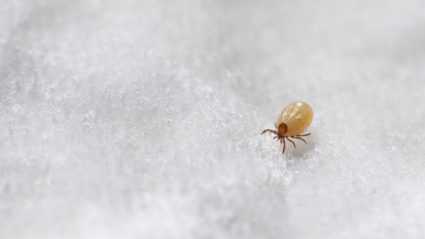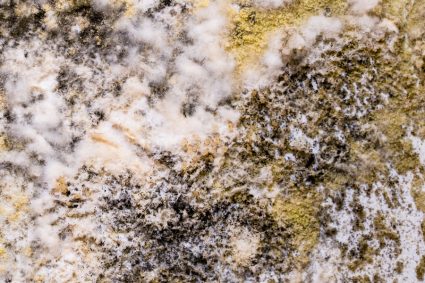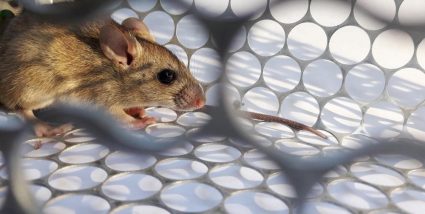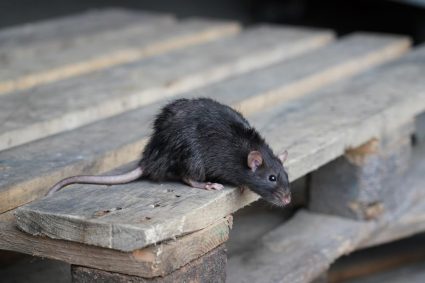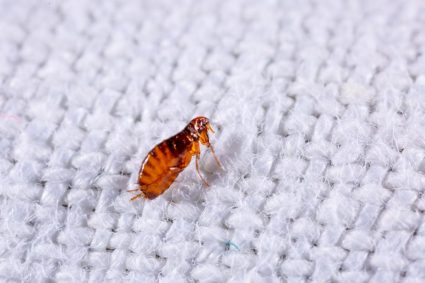
Outdoor furnishings add beauty and create a tranquil setting for a gathering with loved ones. They significantly improve life, whether you use them to host events in your yard or when you need to disconnect and spend time alone.
Do you know what else loves your outdoor furniture?
Mice! Of all shapes and sizes, when they notice soft material furniture that is close to the ground and provides them with easy access, they jump right in.
Mice are swift, tiny, and hard to attack. The worst thing is that their droppings are poisonous, and they spread diseases. They are the deadliest pest that can get into your furnishings.
But you do not have to let them have their way. Understanding what draws mice to your outdoor furniture is the first step in solving your mice problem.
Like us, mice want a comfortable location to rest and hang out. Like how we enjoy stretching out on our outdoor couch, mice enjoy the same luxury when safely tucked away.
You can tell they are nesting inside if you notice their droppings or scratches on or near your furniture. Keeping your furniture clean and clearing the surrounding space helps keep mice out of furniture.
Next, decide whether to eliminate them using traps or natural remedies.
You should avoid poisoning them, as you do not want to deal with the smell of decaying mice stuffed deep in the furniture.
Mice are foraging creatures that hunt for food by scoring an area for edible items. When they find a food source, they make the surroundings their home.
You do not have to let them ruin your outdoor enjoyment. We have provided a helpful list of how to keep mice out of furniture using conventional and natural methods. So, read on to learn more!
9 Steps To Keep Mice Out of Outdoor Furniture
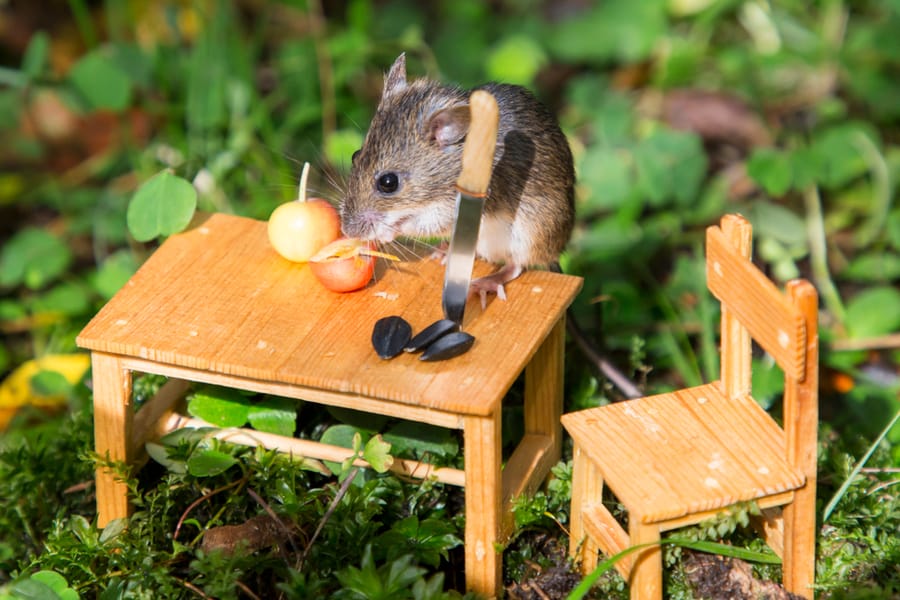
Outdoor furnishings that match your taste and set the vibe bring the ultimate outdoor setting.
Sharing this space with mice isn’t ideal, and if you suspect mice are on your outdoor furniture, then you must act because the last thing you want is for them to move in and breed.
A small colony of mice can swiftly grow from two to a large one.
1. Elevate Furniture off the Ground
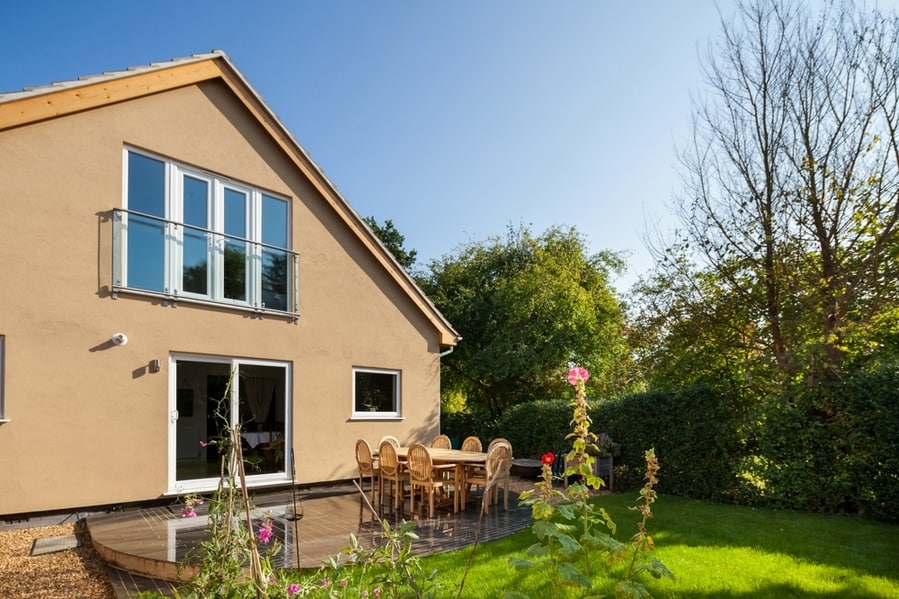
Although mice are impressive jumpers, furniture on the ground makes it possible for mice to hop right up.
Raising it a few inches off the ground will keep mice away.
2. Move Furniture Away From the Wall
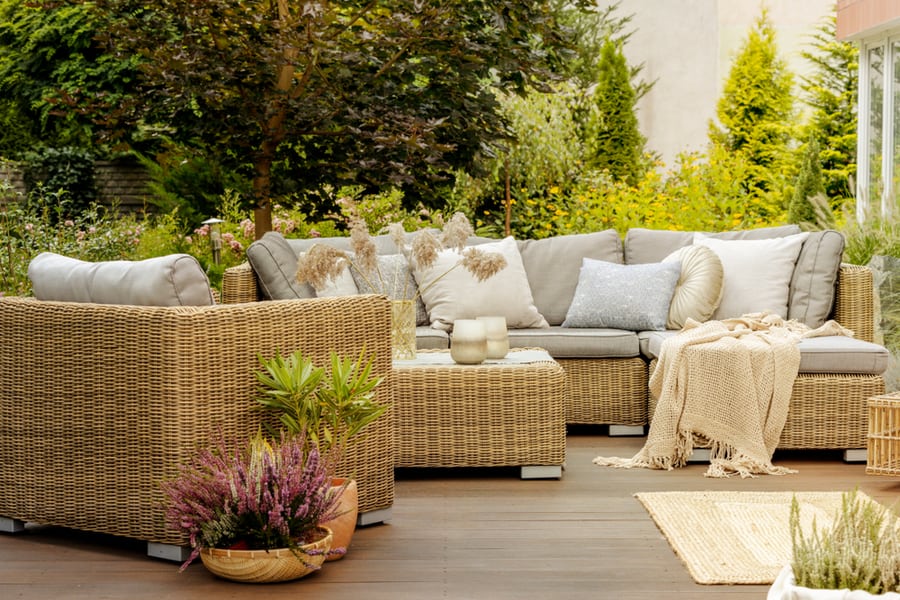
Mice can run up practically any rough, vertical surface and are great climbers.
A mouse might climb up to your furniture if your wall has some texture.
If you secure furniture to a wall, mice will get into them.
Moving them just an inch or two further from the wall can make it harder for a mouse to access them.
3. Seal Holes and Crevices

You can succeed over mice invading your outdoor furniture by caulking and sealing holes and openings.
You might be curious how these critters get inside!
Mice can squeeze into tiny dime-sized openings, and any opening gives them access, no matter how small.
When you examine beneath and on the sides of your furniture, uncover any cracks or openings.
Once you have found any potential entries, seal them to prevent mice from further accessing the equipment.
Soak some cotton balls in pure peppermint oil, and insert the cotton balls into any holes that could be entry points.
You can also use steel wool by stuffing it tightly into the holes.
4. Clean-Up After Eating Outside

One of the best ways to entice mice is to eat and leave crumbs on your outdoor furniture. No matter how careful you are, you will still leave crumbs of food at some point.
These rodents have a keen sense of smell, and when they detect the aroma of food, they will approach places fearlessly to eat what is there.
Mice always search for food or refuge, so leaving food crumbs on your furniture and the floor only encourages them to stay.
Cleaning up is one of the simplest things to deter mice from nesting on your outdoor couch or sofa. After eating, vacuum the entire couch, paying attention to the floor and under cushions.
5. Organize Your Environment
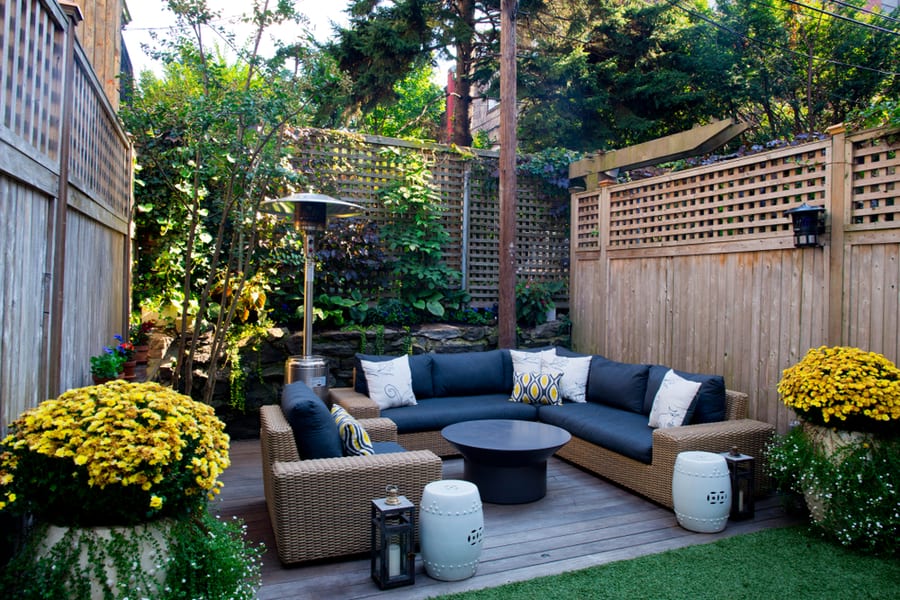
Tidy surroundings have nothing to offer mice, and they will look for cluttered environments which they find inviting.
You can organize your environment by:
I. Cleaning Your Surroundings
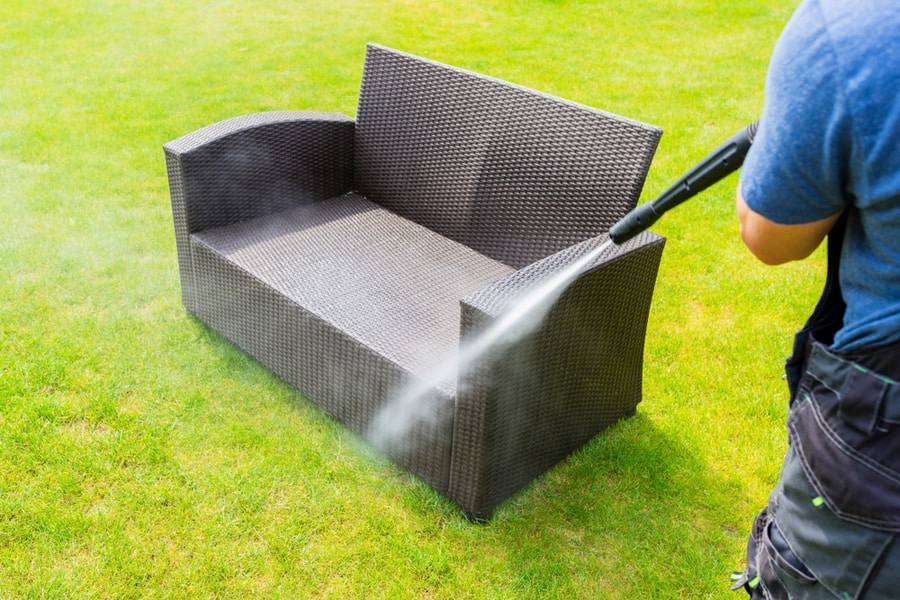
Cleaning your furniture and ignoring your surroundings equals no cleaning at all.
The mice population multiplies when you leave dirty dishes around and uncovered food sources.
Explore strategies to reduce rodents’ access to food, offering them a consistent source of sustenance.
II. Securing Garbage Cans

Unless you seal garbage with air-proof lids, unattended garbage bins that you keep next to the house will be an open invite for mice.
Be sure to dispose of any leftover food in the trash cans and try your best to keep the waste from piling up.
If possible, keep these storage containers in a strategic corner, on elevated platforms, and secure their lids with cords or large rocks for extra precaution.
III. Moving Bird Feeders
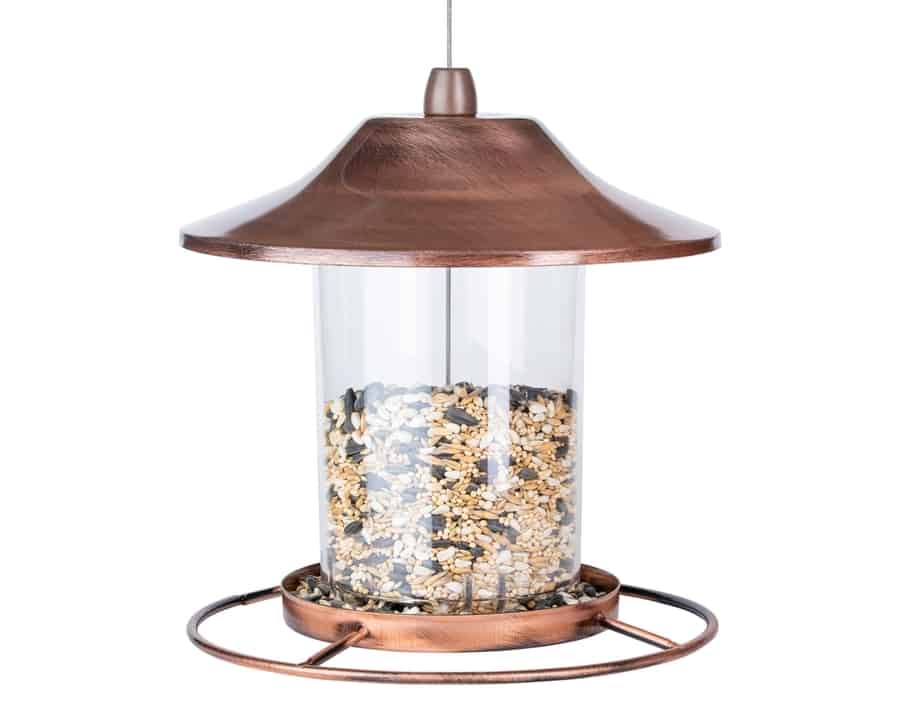
Although feeding birds is a noble hobby, mice congregating around your feeders should not surprise you.
Most bird food mixtures contain ground seeds and grains, a delicious treat for mice.
Keep your bird feeders far from your furniture in one corner of your compound.
IV. Clearing Yard Waste
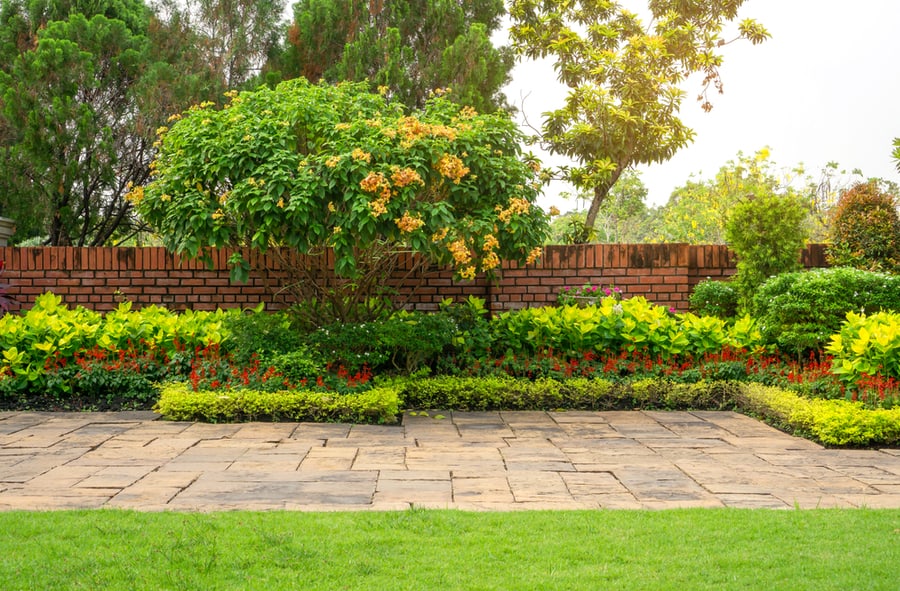
Mice prefer constructing their nests in isolated, quiet, and dark locations near a food source. They hide in soft things like paper, leaves, or old rags.
A cluttered and disorderly environment attracts mice; if your yard provides such a warm, cozy environment, mice will always be present.
Eliminate any potential mouse hiding places near the exterior of your property. Remove branches, mulch, leaves, woodpiles, and any other waste.
Making your compound less appealing helps control mice, and you can keep them from nesting on your outdoor furniture.
6. Create a Physical Barrier
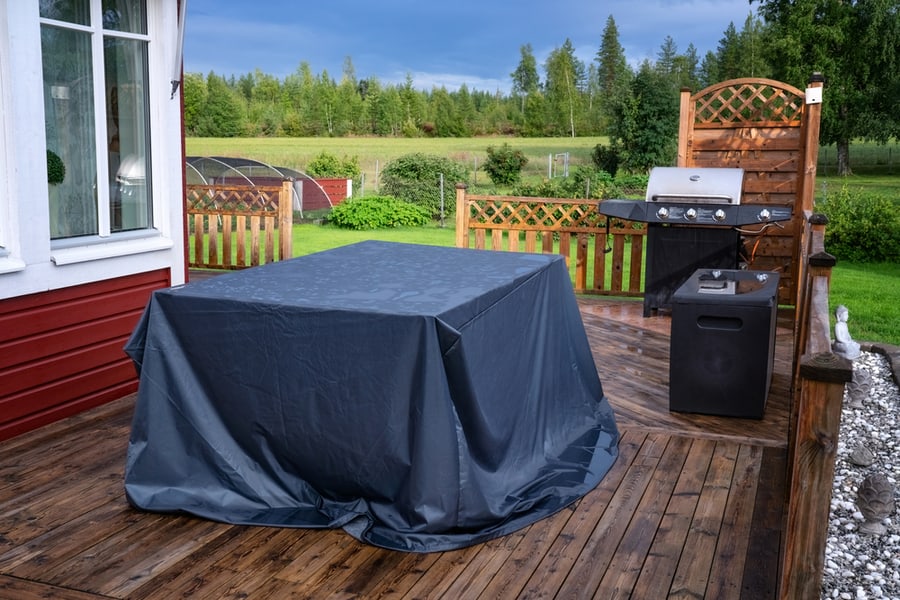
Cleaning and tidying your environment is rarely enough to keep mice away. Besides these, covering outdoor furniture when not in use, especially for extended periods, will help keep mice out.
Furniture covers can help protect your couch from creating a barrier between the fabric and the rodents. You may use your furniture in several ways, such as once a month or every weekend.
No matter how regularly you use it, storing your outdoor furniture properly is essential because, apart from critters nesting inside, it won’t hold up well to elements such as rain, wind, snow, intense sunlight, etc.
Mice struggle to access covered furniture. Fabric-lined covers aren’t the best choice because their warmth and comfort attract mice.
Also, a mouse can easily shred the material and hide inside the lining. If you can, wrap your furniture in a mesh or plastic cover.
7. Use Essential Oils

Essential oils with scents that are repulsive to mice make them effective repellents. These include peppermint oil, lavender oil, and eucalyptus oil.
You can soak cotton balls in the oil of your choice and place them under the furniture and the surrounding area.
Alternatively, you can make an essential oil spray and spritz areas with mice activity.
8. Set Up Traps
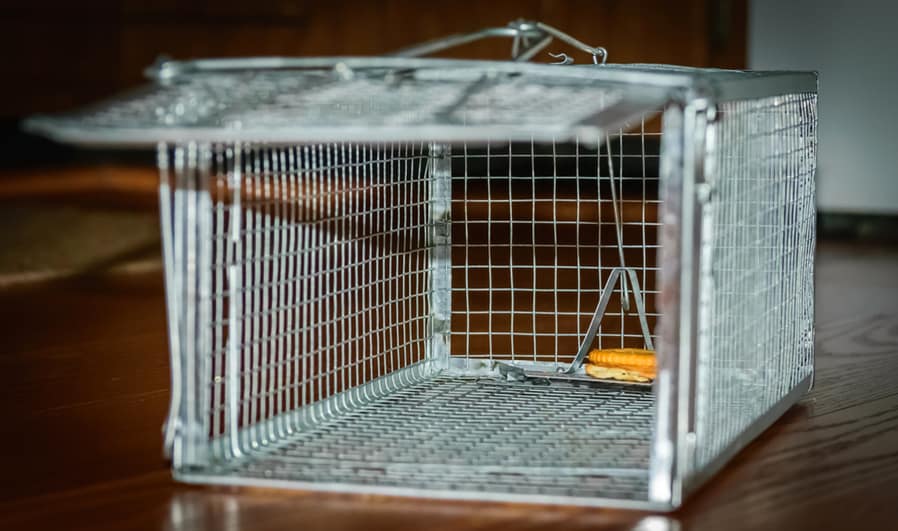
Using mouse traps is reasonably easy and tidy to prevent mice from jumping anywhere near your furniture.
Put the mouse bait or peanut butter traps in strategic spots where mice access the furnishings.
Once the trap catches the mice, properly dispose of them to prevent them from returning to your compound.
9. Adopt a Pet Predator
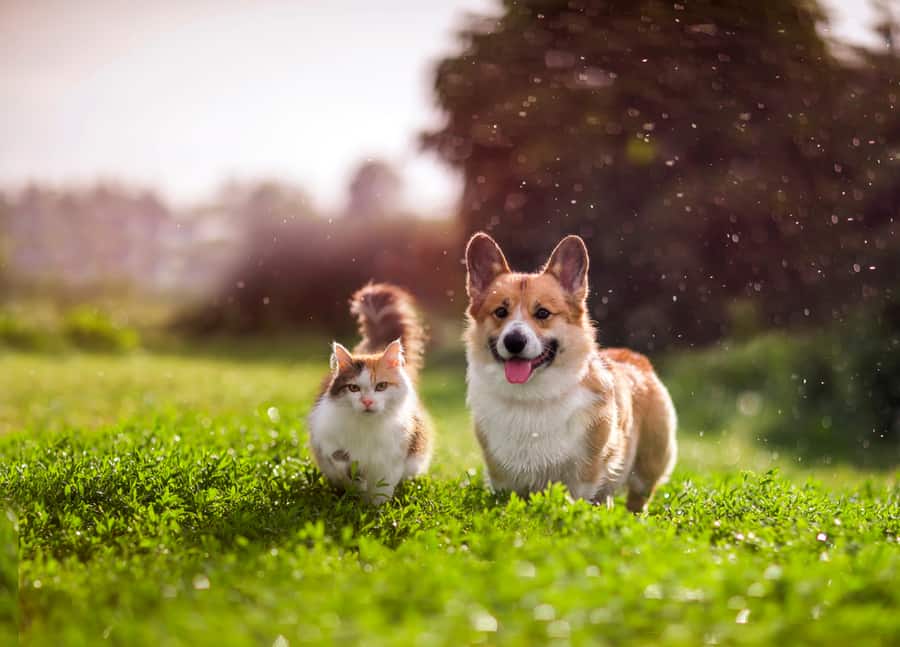
Before mice establish a breeding ground on your furniture, act by getting an aggressive cat or a breed of dog, such as a terrier with a reputation for hunting small animals.
Cats and dogs naturally scare rodents and may even stay away because of the cat/dog litter smell.
If mice are around, these predators will eagerly chase and capture them because they can detect mice presence up to one mile away.
Conclusion
Quality furniture makes your outdoors comfortable and functional, allowing you to extend your inner spaces outside. Finding mice nesting on these is unpleasant and unhygienic.
You can find a remedy for your mouse problem by understanding what attracts mice to your furniture.
Your best bet is to clean it and keep the surrounding area as uninhabitable as possible. Create a physical barrier, plug holes and entry points, and use mice deterrents.
Clean and mice-free outdoor furniture is inviting and is all we could ever ask for. By considering these steps, you’ll achieve it in no time.
Frequently Asked Questions
Why Are There Mice on My Outdoor Furniture?
Mice thrive in quiet locations and prefer areas free from predators and threats.
The interior of your couch is an ideal hiding area where mice can breed safely, with the added benefit of leftover food.
Spend a few hours daily ensuring your furniture will not attract these unwanted visitors.
How Do I Know if There Are Mice on My Outdoor Furniture?
Apart from seeing them coming out from beneath or from the sides of your furniture, other signs to look out for are:
- Mouse poop-A reasonably strong sign of mice on your outdoor furniture is finding mouse droppings that resemble small brown rice grains under or around your furniture.
- Gnaw marks-Mice enjoys chewing on objects such as furniture. You will know they are present if you find tiny tooth marks on the woodwork or cushions of your couch.
- Urine stains-Mice will also urinate while moving about your furniture, and their urine has a strong smell and leaves yellow or brown stains on your couch.


